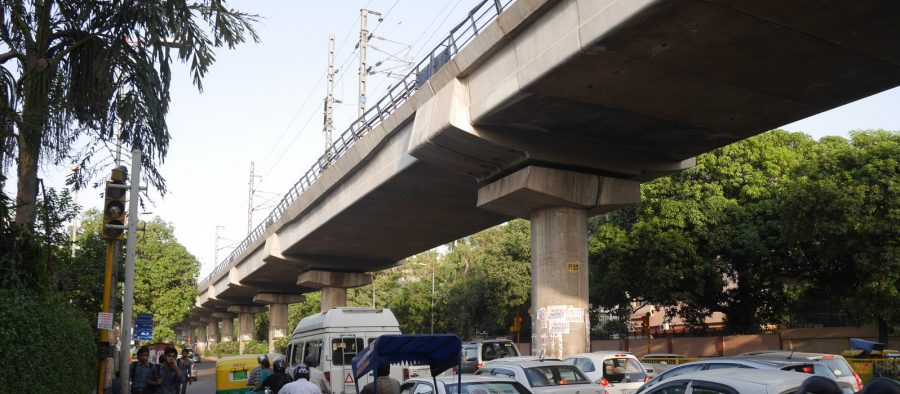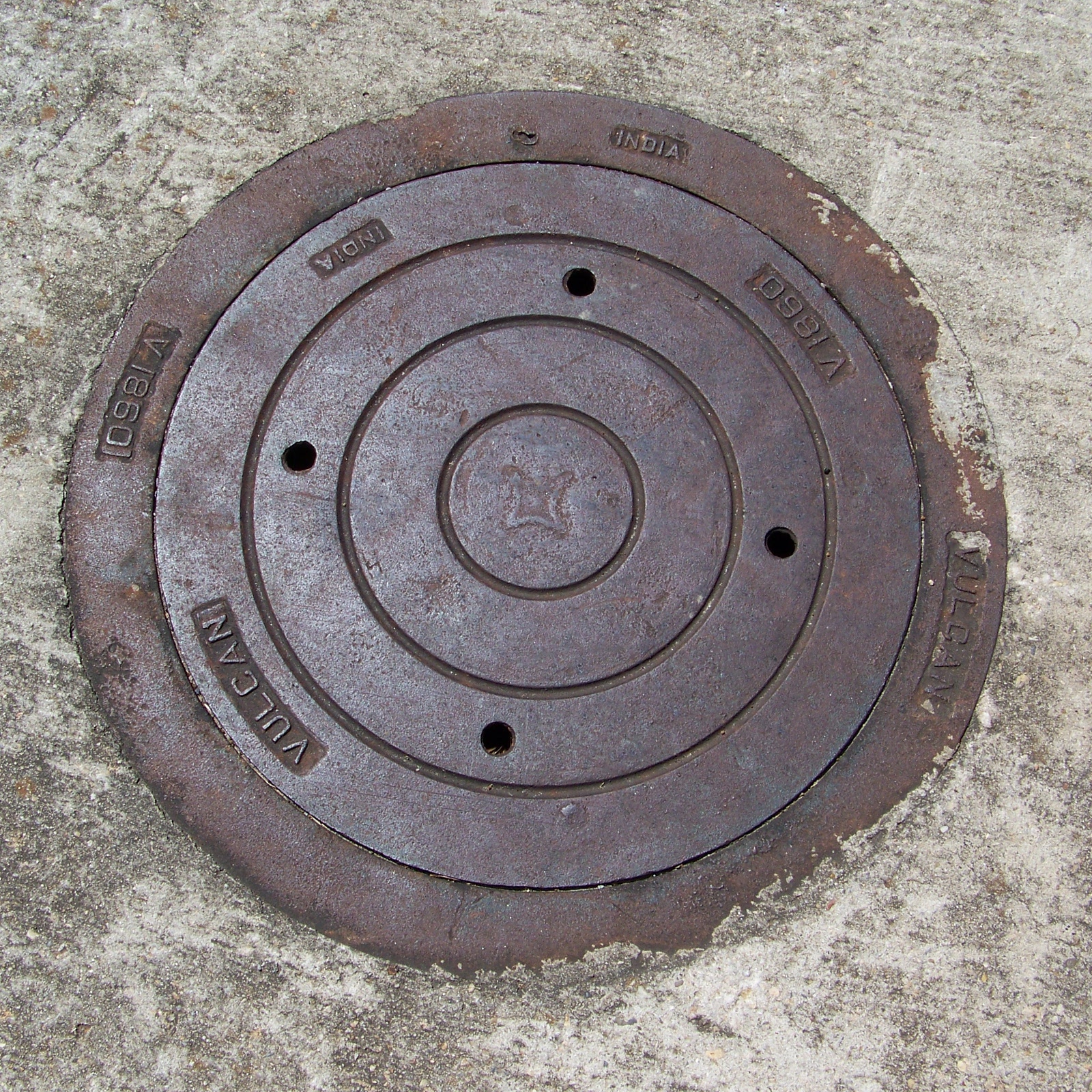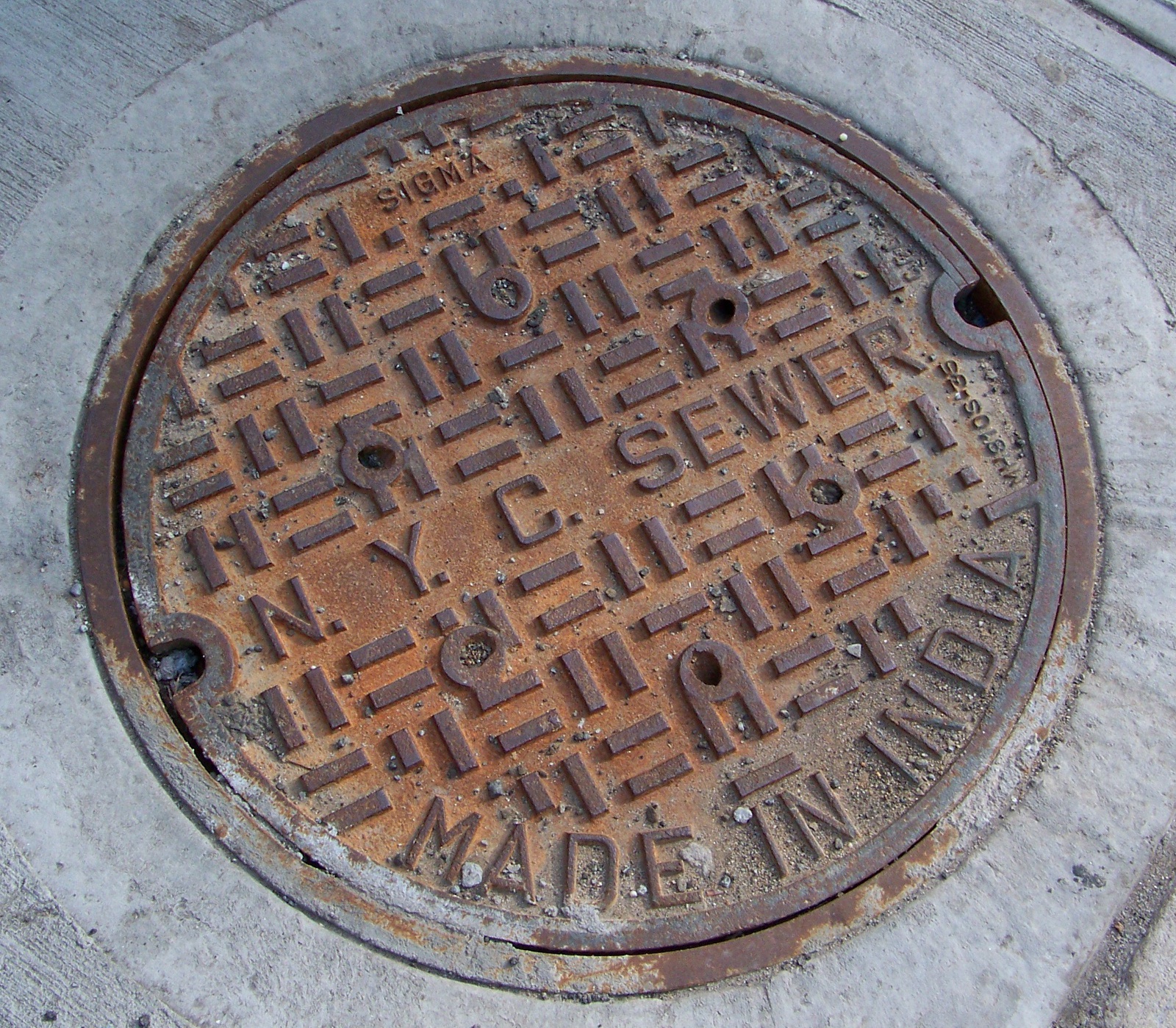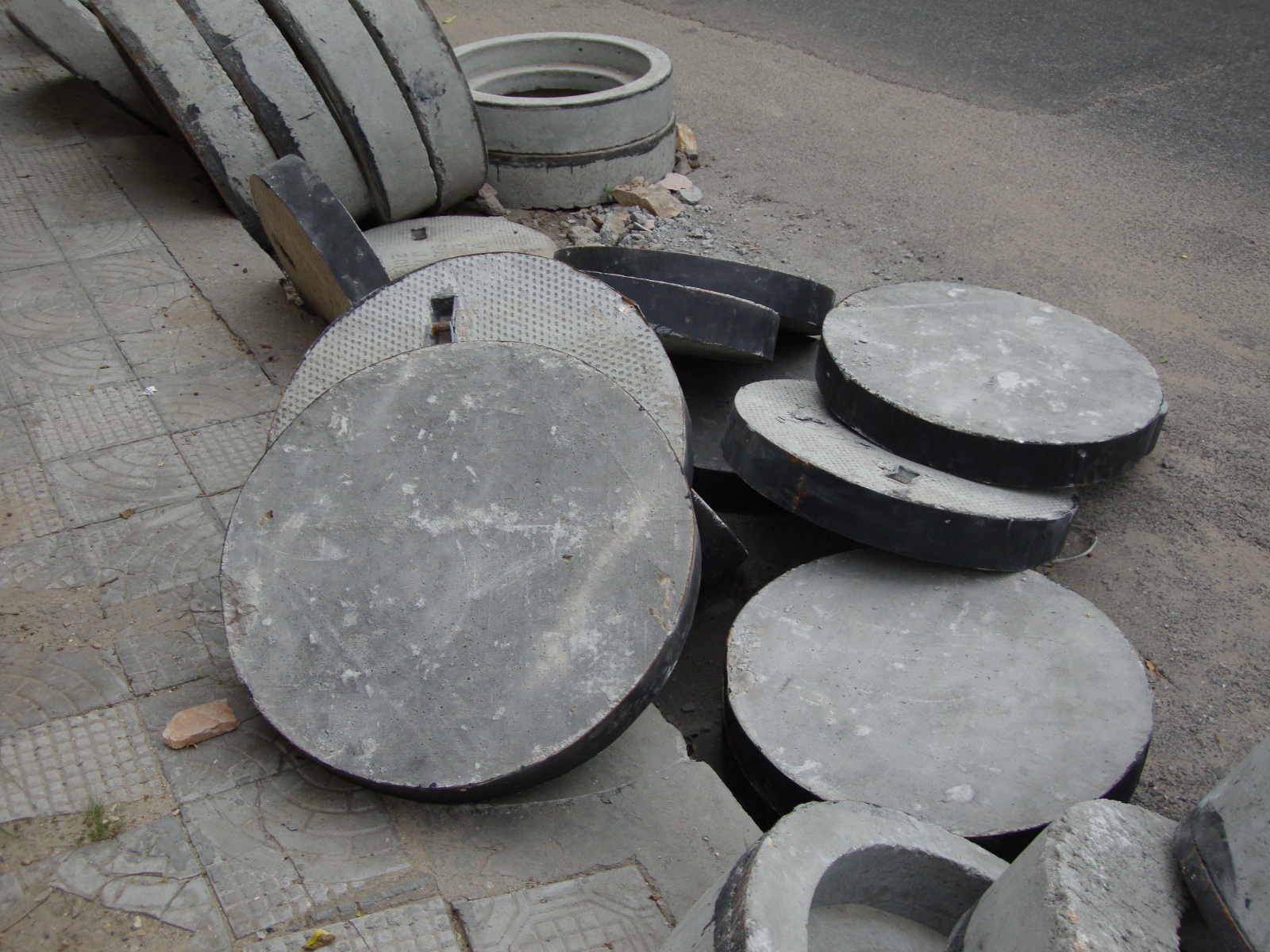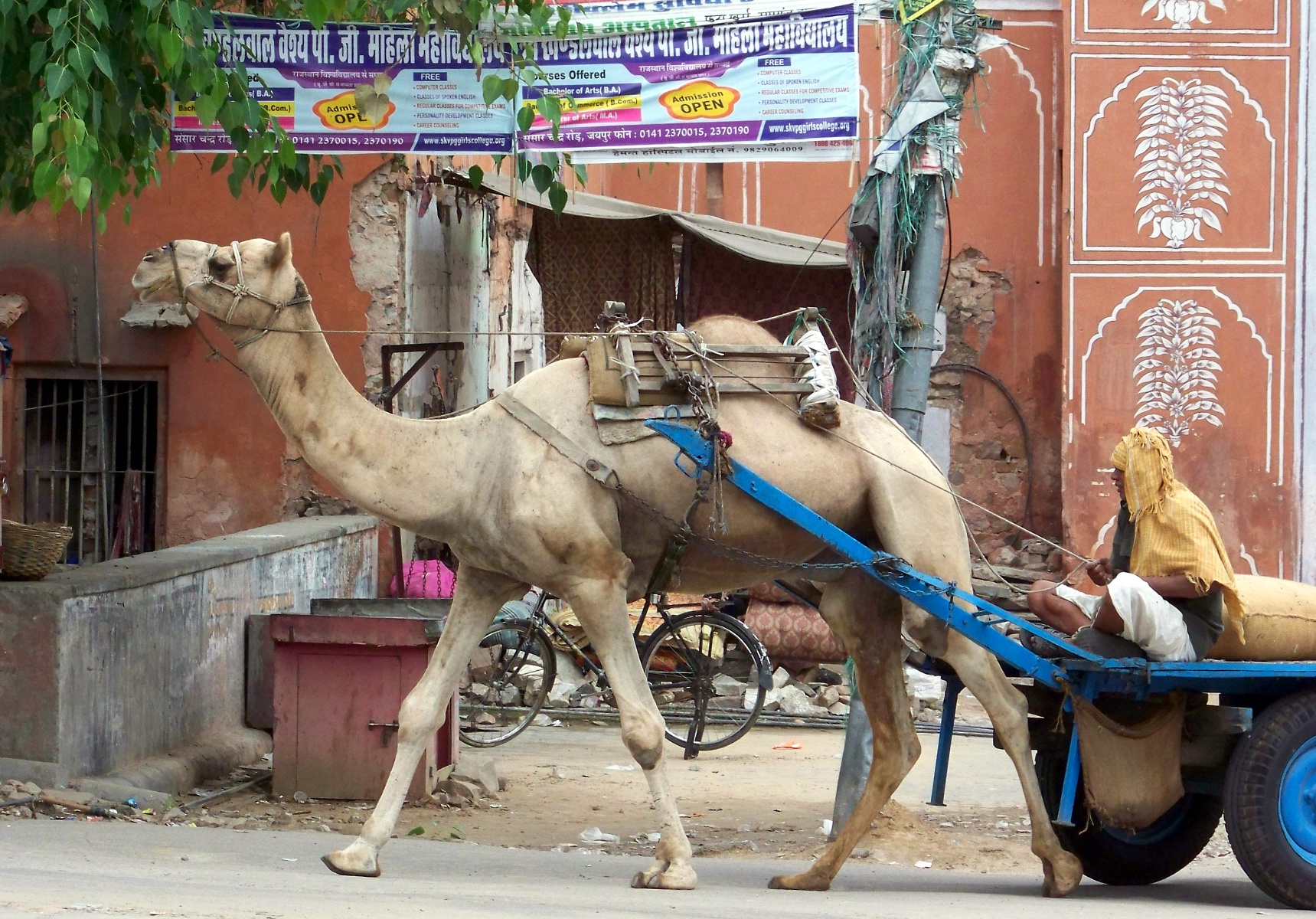On my first visit to New Delhi, in 2009, my parents and I stayed in a hotel within walking distance of the Ramakrishna Ashram Marg station on the blue line of the Delhi Metro. At this station, the blue line still runs above ground, but this is the last elevated station before the line plunges underground. One of the first times my parents and I rode the Metro was on a Saturday morning. We climbed the stairs from street level to the station, bought RF-ID metrocards with value stored on them, went through a quick security check that made sure we weren’t carrying any guns or bombs, and then climbed the rest of the way to the platform level. When we got to the platform, there were only a few people milling around, waiting for the next train. As minutes passed, the platform slowly but steadily filled up with people, until there was a crowd of hundreds standing shoulder-to-shoulder on the platform.
The train had better be empty, I thought, because there is a trainfull of people standing here on the platform.
At last, the train arrived, and as it pulled up to the platform I saw that it was already packed full of people. The train slowed to a halt, the doors opened with a ding, and all at once the crowd on the station platform surged into the train. My parents and I had no choice but to go along. As we crossed the threshold and stepped into the coach, other people pressing in on us from all directions, I had a brief moment of panic. This is where I die, I thought, trampled to death in the Delhi Metro.
I am happy to report that I did not die while boarding the blue line. I did not even suffer any physical harm. Somehow, the bodies already in the coach managed to compress and make room for all the bodies that had been standing on the station platform. Once everybody was inside, the doors shut and we were off. As we pulled away from the station, a young man next to me started chatting with me and asked if he could take a photo with me (and the forty other people standing in close proximity with us) with his mobile phone. He told me that there was a fair today, and that explained why there were so many people riding the Metro on a Saturday.
When the Delhi Metro opened in 2002, it became the newest and sleekest addition to Delhi’s public transportation infrastructure, joining buses, local trains, Ambassador and Maruti taxis, autorickshaws, and cycle rickshaws. Each electric-traction Metro train consists of four, six, or eight coaches built by Bombardier, which have benches along the sides of the interior and plenty of standing room in the middle. The Indian broad-gauge lines of the Metro radiate out from the city center, covering the National Capital Territory and stretching out into the two adjoining states, Haryana and Uttar Pradesh. The biggest station is Rajiv Chowk, where the blue and yellow lines meet. The station is built under the center of the circular shopping district Connaught Place in the British-planned part of the city. Whenever I have been to Rajiv Chowk, it has always been busy, with long queues waiting on the platforms for the two lines.
The Delhi Metro Rail Corporation has had to socialize the population of Delhi to use the Metro, because subways are a technology that originated in the West during the Industrial Revolution and can only be adapted so much to Indian culture and conditions. Announcements piped over the station intercoms in Hindi and English (the Delhi Metro is totally bilingual) remind passengers boarding the train to allow other passengers to disembark first. Posters in the stations masquerade as fun trivia but really take part in the socialization as well: “Did you know? 95% of all passengers cooperate with CISF [Central Industrial Security Force] personnel during security checks.” I have a strong suspicion that this is part of the proverbial 40% of statistics that are made up.
The socialization has worked to some extent, but still not everybody follows the instructions for the security checks and it is common for passengers to shove into a coach while others are trying to disembark. Getting onto a train can be challenging, and getting off equally so, as you have to shove past passengers who are not getting off at the same station as you. For the most part, though, other passengers are courteous, asking you to make side if they are getting of before you, or helping to eject you from the train when you have reached your stop.
Fares on the Delhi Metro generally range from Rs. 9 to Rs. 21, which in US currency is 15¢ to 35¢. Most of the passengers I have seen on the trains appear to be businesspeople, students, or government servants, although tickets are cheap enough that working-class people can afford to ride too. In recent years, there has been plenty of infrastructural development in the Delhi area that has been for the privileged classes only, such as shopping malls where the guards at the doors are instructed to turn away anybody who appears working-class. The Delhi Metro, on the other hand, is for the aam aadmi (common people).
A later addition to the Delhi Metro system is the Airport Express Line; it opened in 2013. It runs from the suburb of Dwarka to New Delhi Railway Station in just 25 minutes. Unlike the main lines, the airport line is almost never crowded, and I have gotten a seat every time I have ridden on it. (On the main line, I almost never get a seat.) This speed and convenience comes at a higher ticket price: Rs. 90 or $1.50 for a one-way trip. This hasn’t stopped commuters who live in the suburbs from using the express line, in addition to the jet-setters for whom the line was ostensibly built.
I can’t help but be enamored by the Delhi Metro. It makes getting around the city so much easier. New Delhi was inaugurated 69 years before the Delhi Metro opened, and the history of civilization in the area goes back at least three thousand years before that. But for me, Delhi wouldn’t be Delhi without the Metro.

